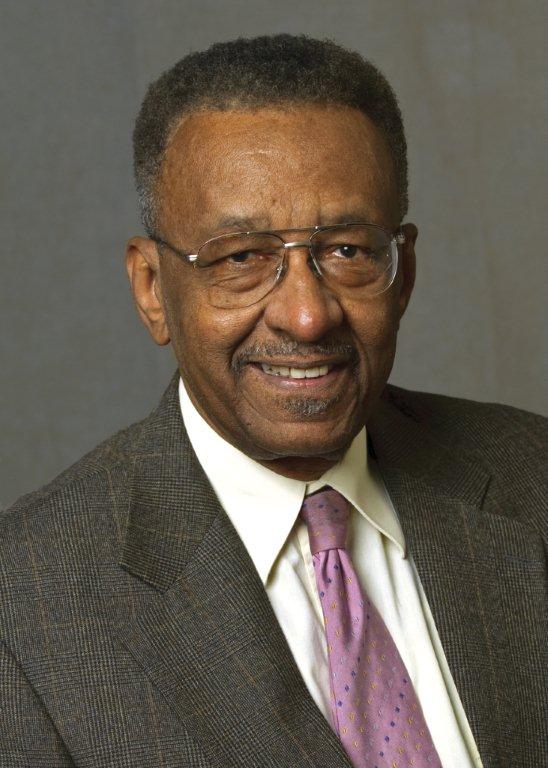Let’s think about airport security.
It seems as though the Federal Aviation Administration’s (FAA) and Department of Transportation’s (DOT) operative assumption is that there’s an equal chance that any person, including pilots and crew members, who boards a plane is a potential hijacker. That’s why FAA and DOT security regulations require that everyone, including pilots and crew, be searched and “hijacking weapons” – like fingernail files, wine cork screws and knitting needles – be confiscated.
You say: “That’s stupid, Williams. They can’t think that my 88-year-old grandmother, carrying her knitting needles, would hijack a plane!” While that might be true, we can’t put anything past Washington’s bureaucrats. They might think that a hijacker with no hijacking tools might search the plane, find granny’s knitting needles and stab his way through the steel reinforced cockpit doors.
It’s both stupid and costly for the FAA and DOT to treat each person who boards a plane as a potential hijacker. Suppose Air Force One was in the shop for a tune up and George Bush had to fly with us plebeians. Should he be subject to the same treatment? You say, “C’mon, Williams, that’s the president.”
OK, what about Secretary of Defense Donald Rumsfeld, Sen. Ted Kennedy or Walter Williams? In each of these cases, there is a zero chance that the person would hijack a plane. Since cockpit doors have been reinforced, and with random assignment of sky marshals and passengers not likely to be docile in the face of hijacking, we could return to the passenger screening methods in place on 9-11, with added measures to detect firearms and explosives on persons and their baggage.
Americans have been bamboozled into believing that with federalization of airport security we’d be safer. After all, according to media reports, Europeans who have a much longer history of dealing with terrorists have government-controlled airport security. Nothing can be further from the truth.
According to Robert Poole, a Reason Foundation air transportation expert (reason.org), 33 out of 35 European airports use private companies for passenger and baggage screening, and that includes high-risk airports such as: Amsterdam, Belfast, Copenhagen, Frankfurt, Hamburg, Paris and even Tel Aviv’s Ben Gurion Airport. At these European and Israel airports, the government sets security standards. A private for-profit contractor performs the security screening. There’s strong oversight and penalties exacted for not meeting the standards.
So what has the new Transportation Security Act (TSA) mandated, and even if the mandates made complete sense, will they be achieved? TSA mandated 100 percent baggage screening by Jan. 18, 2002. That was not achieved. TSA mandated federal takeover of existing security contracts by Feb. 17, 2002. Again failure. TSA mandates that 30,000-plus passenger and baggage screeners be federalized and trained by Nov. 19, 2002. There’s no chance that goal will be achieved. TSA mandates that all baggage be screened by Explosive Detection System machines (EDS) by Dec. 31, 2002. EDS machines are computerized tomography (3-D) X-ray machines. They cost about $1 million apiece to produce, and about that much again to install. They’re about the size of a minivan, weigh 4 tons and require airport terminal reconfiguration to handle them. That target won’t be achieved, either.
There’s a far more intelligent way to produce air security. Poole recommends sorting passengers and their baggage into three classes: pre-screened “trusted travelers,” who’d face pre-9-11 type screening; “innocuous travelers,” who’d receive enhanced screening; and “suspicious travelers,” who’d receive rigorous screening. That would improve air safety, and reduce its costs and inconvenience, but it might smack of profiling and fail the “political correctness” test.
There’s hope for change because nobody’s happy with the present bungling system – and that includes passengers, airport directors, pilots and crew, and airline companies.
